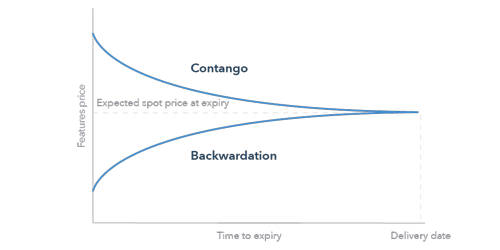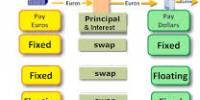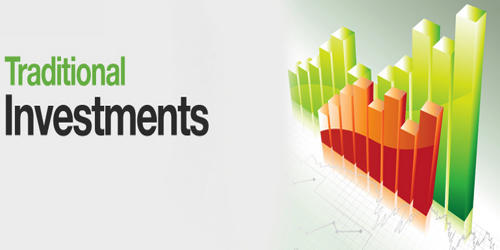Contango
The term ‘contango’ is used in the Stock Exchange. It is the normal situation in which the spot or cash price of a commodity is lower than the forward price. It refers to a charge or consideration made by a broker and payable by the buyer of securities of a Stock Exchange. It usually occurs when an asset price is expected to rise over time. The futures prices can change over time as market participants change their views of the future expected spot price; so the forward curve changes and may move from contango to backwardation. The theory behind contango is that abundant supplies on a close horizon do not guarantee abundant supplies in the more distant future. If the price of the later contract is less than the one that expires sooner, then the market is said to be in backwardation. For instance, oil producers might sell crude oil futures contracts to lock in prices for their production, while oil refiners might buy futures contracts in order to lock in what they’ll have to pay for raw crude oil to make gasoline, diesel fuel, and other refined products.
In contango, investors are willing to pay more for a commodity at some point in the future. A contango market is also known as a normal market, or carrying-cost market. Different delivery dates are in effect entirely different commodities in this case, since fresh eggs today will not still be fresh in 6 months’ time, 90-day treasury bills will have matured, etc. It occurs when the current futures price of an asset (as quoted in the futures market) is higher than the current spot price of the underlying asset. To understand why contango matters, it’s important to know how futures trading typically works. For most commodities, there are a relatively small number of futures market participants who are actually interested in buying or selling the underlying commodity good.
















